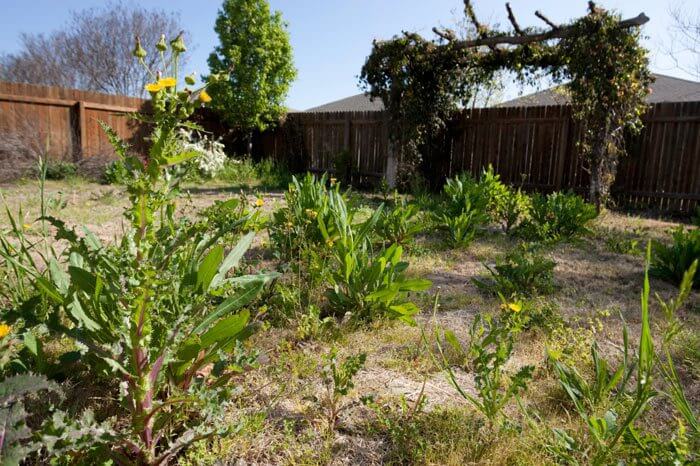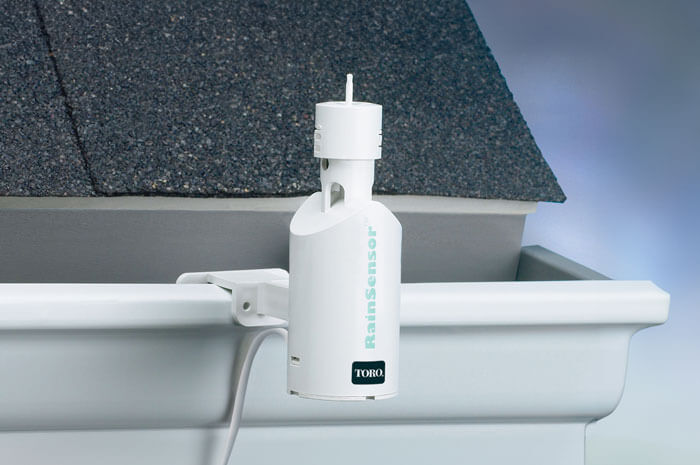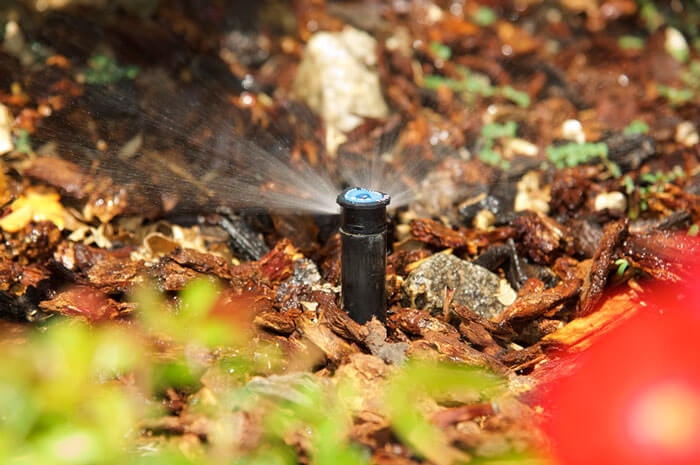
How to replace new grass with old grass? Out with the old, in with the new is key. Emphasis on out with the old. When planting a new lawn, the first step is to kill and remove any poor-quality turf.
You can remove old grass for sod using several methods including solarization, heavy mulches, hoes or sod cutters, and herbicides. When selecting your method, keep your lawn and climate conditions in mind, as some methods may be a better fit for your lawn than others.
Solarization:
If you’re wondering how to remove old lawn and reseed without a lot of heavy lifting or heavy chemicals, solarization might be the method for you. Cut the old lawn as close to grade as possible before you begin. Solarization kills grass, weeds, and weed seeds by overheating them under a layer of clear plastic. During warm weather, securely anchor the plastic over the area you want to clear. You will need two months to achieve the desired effect. Do not attempt solarization in shady areas, or if you have cool summer nights.
How to Get Rid of Old Grass and Weeds Using Heavy Mulches
While this method can be used to remove old grass for sod, it’s also popular for those that are converting old lawn into landscaped areas or gardens. Killing the old grass with a thick layer of mulch gives the ground nutrients needed for growing plants and provides your landscaping project with a blank canvas.
To begin the mulching process, cut the old lawn as close to grade as possible before you begin. During warm weather smother the ragged turf with heavy mulches, such as old carpeting or 6-inches of wood chips. You can also achieve the same effect using several layers of newspaper or large pieces of corrugated cardboard covered by 3-inches of wood chips. You will need two months to achieve the desired effect. Do not attempt heavy mulches in shady areas, or if you have cool summer nights.
Hoe or Sod Cutter:
For small lawns, use a grape (grubbing) hoe. On average, two people can remove and haul away up to 300-square feet in an hour. Those that are wondering how to remove old lawn and reseed in large and shady areas that aren’t candidates for the previous two techniques might want to consider renting a sod cutter. A sod cutter slices under the grass, enabling you to pull up strips of old turf. Using a hoe or sod cutter will be easier if your lawn soil is moist.
- Remove old lawn after heavy rain or deep watering. First, make 2-inch deep cuts in the turf every 2-feet using either a manual or a power edger.
- Use a grape (grubbing) hoe to remove small sections of lawn. This job will go faster with a helper.
- Slice the turf just below the grade. Let the weight of the tool do the work of chipping away at the grass.
- Rent a power sod cutter if you are tackling a big area.
Follow up with tilling to alleviate compaction and to prepare the soil for amendments. If you have the time, before resodding, also use the solarization technique described above to kill any weed seeds that remain in the soil.
How to Remove Old Grass and Weeds with Herbicide:
To kill unwanted grass and weeds to the roots, select an herbicide that degrades quickly (does not last long in the environment), such as glyphosate (Roundup). Mix according to the manufacturer’s directions, and then completely cover all grass plants and weeds. Take care not to spray on garden plants.
Apply on a sunny, windless day when the temperature is above 60°F. If the turf has not completely died after four weeks reapply the herbicide and then wait one week after the last application before tilling the dead turf into your soil.
Can You Lay Sod Over Existing Grass?
It might seem overwhelming to remove old grass for sod. If you’re tempted to install sod over your old, worn out lawn, we don’t blame you. Here’s the thing. When you’re resodding, skipping the step of removing the old stuff typically results in more work, dead turf, and a whole lot of mess.
While there are some that claim that there are ways of installing sod over grass, taking risky shortcuts with your lawn simply isn’t worth it. The roots of your sod require contact with the soil in order to grow. When the turf on top of the grass isn’t able to reach clean soil it stresses the grass, slowly killing the new grass over a matter of weeks.
By the time you reach the conclusion that you’ve made a dreadful mistake, not only will you have two layers of grass to remove but the bottom layer will be a stinking, slimy mess. In conclusion, resodding after removing your old grass will save you time, money, and a big headache.
After Resodding, It’s Time for Your Your Next Project
We know it can be hard to think about new projects when you haven’t even finished the one you’re working on. Just keep us in mind for whatever your next landscaping needs might be. Whether you need help with striping your lawn or finding the right grass fertilizer, we’ll be here, making your lawn greener and your life easier!



